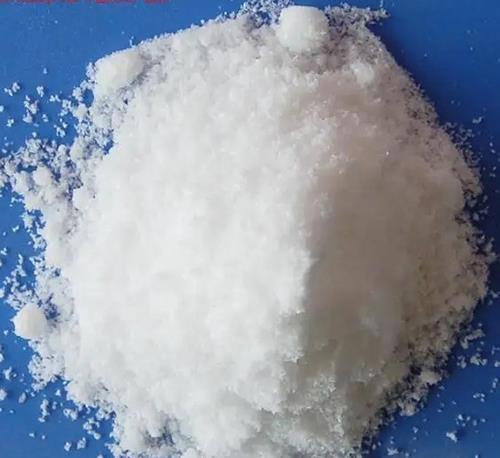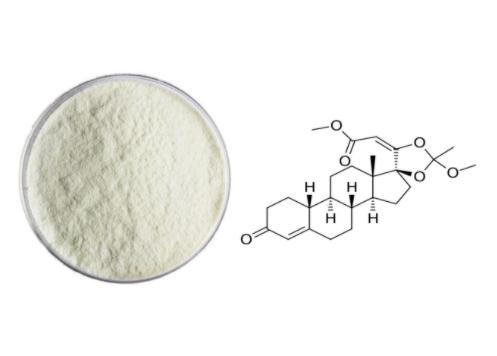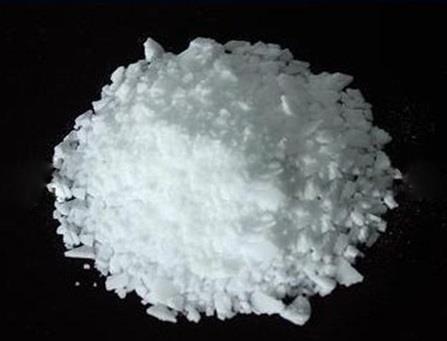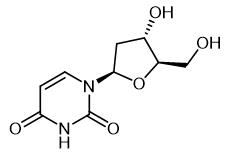Active Pharmaceutical Ingredients (API), popularly speaking, are the raw materials of medicines, only pharmaceutical raw materials are processed into pharmaceutical preparations , can they become medicines available for clinical use, so drugs we usually eat are the finished drugs through processing. Active Pharmaceutical Ingredients based on its sources can be divided into two major categories ,including chemical synthetic drugs and natural chemical drugs. Chemical synthetic drugs can be divided into organic synthetic drugs and inorganic synthetic drugs. Inorganic synthetic drugs are inorganic compounds ( very few is element), such as aluminum hydroxide, magnesium trisilicate which are used for the treatment of gastric and duodenal ulcers ; organic synthetic drugs are mainly composed of drugs made by basic organic chemical raw materials, through a series of organic chemical reactions (such as aspirin, chloramphenicol, caffeine, etc.). Natural chemical drugs ,based on its sources,can be divided into two categories including biochemical drugs and plant chemical drugs. Antibiotics are generally made by the microbial fermentation, which belongs to the biochemistry category. A variety of semi-synthetic antibiotics occurs in recent years,which are biosynthesis and chemical synthesis combining products.Among active Pharmaceutical Ingredients, the organic synthetic drugs varieties, yields and values have the largest proportion,which are the main pillars of the chemical and pharmaceutical industries. The quality of active Pharmaceutical Ingredients decides whether the formulation is good or bad , so its quality standards are very strict ,countries in the world have developed national pharmacopoeia standards and strict quality control methods for its widely used active Pharmaceutical ingredients.
The important application of phosphorus pentoxide
Phosphorus pentoxide is an acid anhydride that is obtained from phosphoric acid.
Aug 17,2022 APIBenefits and Mechanism of YK-11
YK-11 is a synthetic steroidal selective androgen receptor modulator (SARM).It is a gene-selective partial agonist of the androgen receptor (AR) and does not induce the physical interaction between th
Aug 16,2022 APISynthesis and Application of (3S)-3-[4-[(5-Bromo-2-chlorophenyl)methyl]phenoxy]tetrahydrofuran
(3S)-3-[4-[(5-Bromo-2-chlorophenyl)methyl]phenoxy]tetrahydrofuran is an important intermediate in the synthesis of Epagliflozin.
Aug 16,2022 APIPreparation method of triphenyl phosphate
Triphenyl phosphate (TPhP), a typical organophosphate ester, is frequently detected in the environment and biota samples.
Aug 16,2022 APIThe preparation method of ferrous sulfate heptahydrate
Ferrous sulfate heptahydrate is a kind of iron salt.
Aug 16,2022 APIApplication and toxicity of sodium dichloroisocyanurate
Sodium dichloroisocyanurate(NaDCC) is the sodium salt of a chlorinated hydroxytriazine and is used as a source of free available chlorine
Aug 15,2022 APIThe preparation of polyethyleneimine
Polyethyleneimine (PEI), an organic polyamine polymer, is one of the most prominent examples of cationic polymers capable of gene transfection in vitro and in vivo into various cell lines and tissues.
Aug 15,2022 APIApplication of 1-Bromo-3-Fluoro-4-Iodobenzene
1-Bromo-3-Fluoro-4-Iodobenzene is suitable as a liquid-crystalline medium.
Aug 15,2022 APISynthesis, Detection method and Application of 2'-Deoxyuridine
2'-Deoxyuridine is used as a therapeutic agent in the treatment of allergy, cancer, infection and autoimmune diseases
Aug 12,2022 APIThe preparation method of benzyl benzoate
Benzyl benzoate (BB) is one of the oldest drugs used for the treatment of scabies and is recommended as the “first-line intervention” for the cost-effective treatment of the disease.
Aug 12,2022 API












